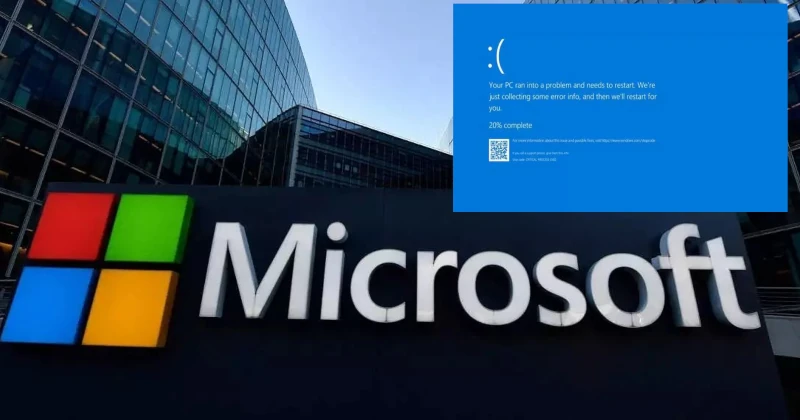
In the realm of technology, very few names are as iconic and influential as ‘Microsoft’.
Microsoft Corporation is an American multinational corporation and technology company, headquartered in Redmond, Washington.
The most renowned corporation has now covered the major headlines in the news feed for its sudden unexpected outage.
Let’s dig deeper into the unfortunate situation and the impact of it on the various industries.
The Background Study
Today, the best-known software products of Microsoft are the Windows line of operation systems, the Microsoft 365 suite of productivity applications, the Edge web browser, and many more.
Bill Gates and Paul Allen founded the now US-based tech giant Microsoft, on April 4, 1975
The company which currently leads the tech world, initially focused on developing a version of the BASIC programming language for the Altair 8800, an early personal computer.
The major success of Microsoft was attributed to the development of the operating system MS-DOS, in 1981 which laid the foundation of the giant empire.
IBM, a multinational technology company, licensed the operating system for their first personal computer, marking a significant milestone for Microsoft.
Adding to its development, Microsoft launched Windows 1.0 in 1985, a Graphical User Interface for MS-DOS which brought a new era in the field of technology.
The continuous improvements in Windows with its user-friendly interface made it very popular worldwide and the most preferred GUI for computers.
The Current Scenoario
With 38 years of continuous development, Microsoft today has reached unexpected boundaries.
Under the current leadership of CEO Satya Nadella, who took over in 2014, the company has shifted its focus significantly toward cloud computing and artificial intelligence.
Microsoft, as of today, continues to be the leading company in the technical field, serving and being preferred by customers.
Despite the emergence of the latest operating systems, Windows remains one of the most widely used operating systems globally as of 2023 reports.
It has also raised the competitiveness of the fast-developing technology called “Cloud Computing” with its cloud computing platform “Microsoft Azure”.
Microsoft Azure is one of the leading cloud service providers these days.
By following current trends and embracing continuous developments, Microsoft solidifies its hold on the market.
Current User Base
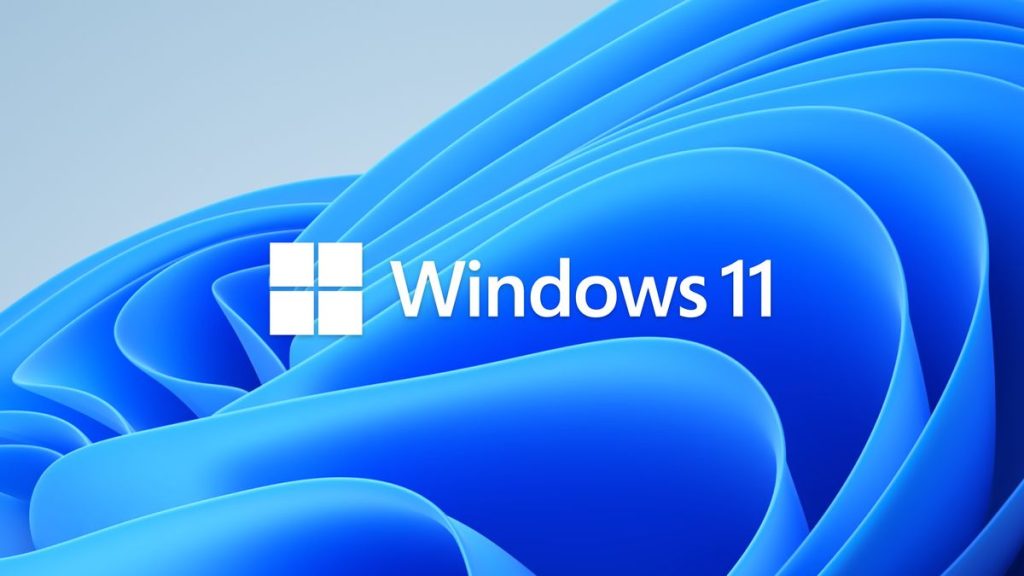
1. Windows OS: According to StatCounter, Windows holds a dominant share of the desktop operating system market, with around 75-80% of users using various versions of Windows.
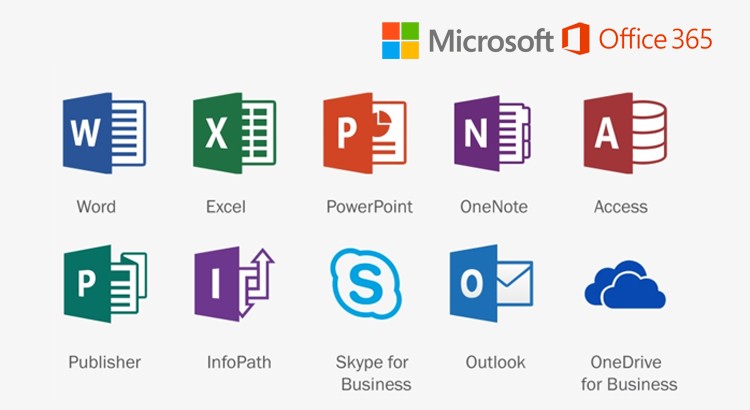
2. Microsoft Office: Microsoft Office, including Office 365, has over 1.2 billion users worldwide.
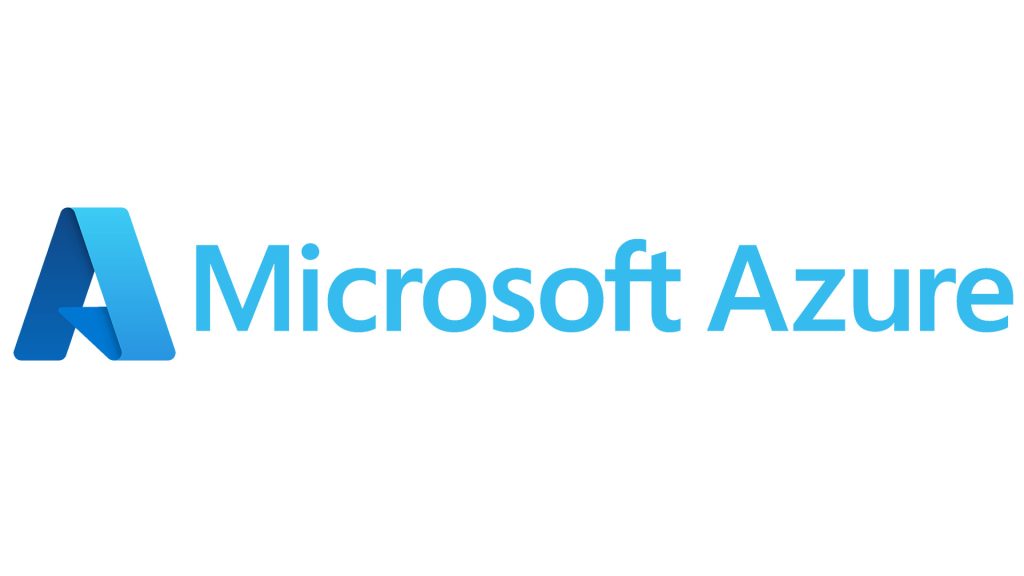
3. Cloud Services: As of 2024, Azure is used by a significant portion of enterprises which is nearly 350,000 businesses with a notable 14.2% growth in its customer base over a year.
“The tech giant generates an average income of approximately $24.19 million every hour, $580.58 million approximately every day, and an annual revenue of approximately $211.91 billion.”
Source: OpenAI. (2024). ChatGPT [Large language model]. https://chatgpt.com
An Unfortunate Outage
As of 2024, about 1.4 billion people and businesses globally use Microsoft services or products.
Major businesses like airlines, cooperate entertainment, hospitality, telecommunications, finance and many more completely rely on Microsoft Windows or any other product of Microsoft for their daily activities.
The daily routine work of many major sectors is entirely dependent on Microsoft software or products.
Imagine if the tech giant goes down for one single hour or one single day. What would happen to all these major sectors which completely run using Microsoft? Sounds horrifying, right?
Microsoft experienced a significant outage on July 19, 2024, that affected several services, including Microsoft 365, Azure, and other cloud-based applications, impacting businesses and users globally.
The Cause Of The Outage
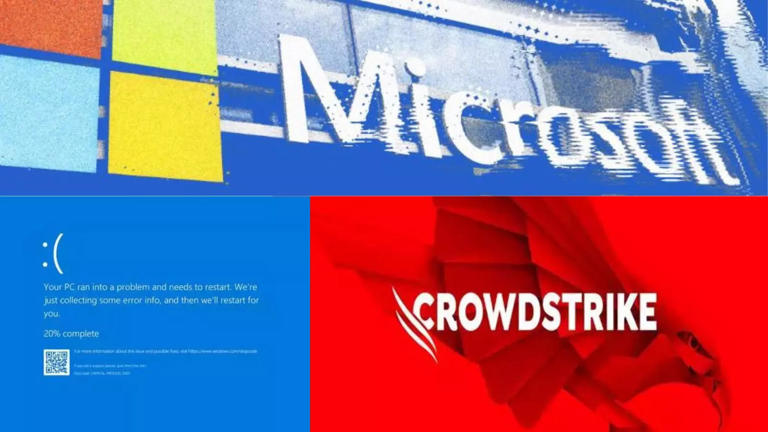
The sudden Microsoft Windows OS outage left people confused and concerned, leading to fears of a potential security breach or cyber attack, as no other operating system experienced the issue.
CrowdStrike, a major global cybersecurity firm headquartered in Texas, United States, later released a statement claiming that the bug in their update had caused the issue.
CrowdStrike launched their routine update as they usually do to enhance the security of their customers.
Unfortunately, an undiscovered bug in their update caused one of the major global tech breakdowns.
CrowdStrike quickly fixed the error once they discovered it.
However, in the course the time of fixing the issue, the systems with auto-update windows had already installed the defective software.
Hence CrowdStrike had to deal with the individual systems to solve the bug which took almost a day i.e. 24 hrs approximately.
“CrowdStrike’s update affected 8.5 million Windows devices, says Microsoft”.
Source: Internet
Impact Of The Outage
As mentioned above, 8.5 million computers faced the blue screen of death on Friday, 19 July 2024.
The affected systems could not function and only displayed a blue screen until the whole time the bug was fixed.
The top 5 industries that faced major losses from the outage in India are:
1. Airline
The airline sector was severely affected by the outage. Globally, approximately 1390 flights were canceled on a single day without prior warning or information, leaving passengers distressed. The schedule of nearly every flight was disrupted, causing chaos at the airports. Major airlines such as IndiGo, SpiceJet, and Alaska store their complete airline software in the Microsoft Cloud platform or the Windows Operating System. The outage had a significant and detrimental impact on the airline sector for an entire day.
2. Finance
In today’s age of online banking and digital transactions using UPI or e-cash, numerous organizations rely on Microsoft’s data management and security features to safeguard their transactions. The sudden shutdown of Microsoft has disrupted the online transaction processes of many companies and banks.
3. Corporate
In the corporate sector, businesses extensively use computer systems for daily tasks. Most corporate companies prefer Microsoft due to its user-friendly interface and robustness. However, the dreaded “blue screen of death” has left the corporate sector unable to access its systems and complete its tasks.
4. Hospitality
The outage also affected the hospitality industry. Hotels rely on Microsoft applications for the check-in process and often use the Windows operating system. The inability to track guest data and streamline the check-in or check-out process caused problems for hotels in serving their guests.
5. Healthcare
The hospitals rely on Microsoft for its cloud services to track patient health reports, log treatment data, provide telemedicine, and support other critical applications. A day without Microsoft caused severe chaos in the health sector.
“A single-day outage caused around $435 million loses to Microsoft and $25.5 million loses to CrowdStrike.”
Source: Internet
Conclusion
As the saying goes, “To Err is Human” – a small error caused by a cybersecurity firm led to the disruption of sectors critical to daily life, underscoring our profound dependence on technology.
The Microsoft outage on July 19, 2024, highlighted how integral technology has become, affecting everything from healthcare and finance to airlines and hospitality.
This incident served as a stark reminder that while technology is indispensable, it is human oversight and preparedness that ultimately determine our strengths in the face of such disruptions.
The goal is not to avoid technology but to improve our ability to manage its failures effectively, ensuring that the tools we rely on do not disrupt us.
As we advance, let us embrace technology with a keen understanding of its vulnerabilities and the importance of human oversight.
This approach will help us maintain our operational stability and safeguard our daily lives against future technological disruptions.